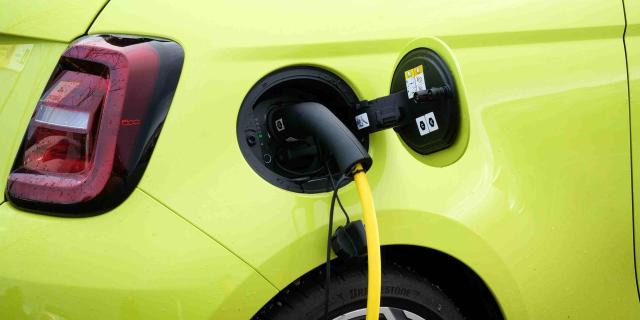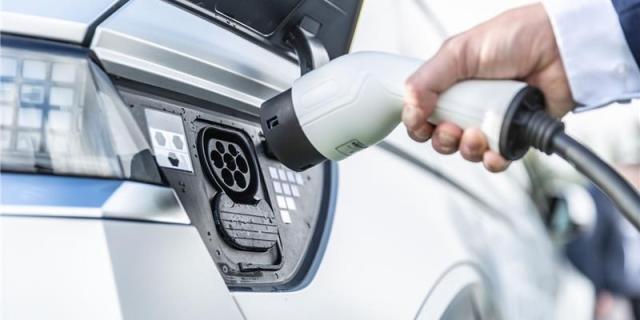The Consumer Electronics Show 2020 which took place in early January in Las Vegas is the most important consumer technology show. This year, it was the opportunity to demonstrate and to reinforce the fact that the future of mobility will be ACES: Autonomous, Connected, Electrified and Shared.
First of all: Autonomous
Toyota showcased (once more) its e Palette. With its long wheelbase and flat floor, the vehicle can transport up to four passengers in wheelchairs along with additional standing passengers at one time but also goods. Valeo showcased an autonomous vehicle for food delivery designed with Meituan a local food delivery operator.
The second part of the Acronym: Connected
Drivers will soon be able to ask Alexa to pay for gas at all Exxon and Mobil stations. Amazon announced also a partnership with Lamborghini and Rivian to integrate Alexa into some of their future models from the factory.
Byton with the M Byte is another example of connected services: touch and gesture control, voice command, driver’s face recognition, open cloud platform that seamlessly connects your applications, data and devices.
A large number of OEMs showcased connected concept cars:
- Mercedes and its Vision AVTR: a biometric connection between man and vehicle
- Audi AI:ME knows its user and their habits and uses intelligent functions combined with artificial intelligence to increase the passengers’ safety, wellbeing, and comfort.
- BMW I3 urban suite: The aim was to create an inviting space with a high feel-good factor in which to spend time – the perfect place for relaxing, enjoying in-car entertainment or focusing on work in a laid-back setting (including a screen that flips down from the headliner and a personal Sound Zone).
The third part of the Acronym: Electrified
No need to precise that all of the concept cars mentioned above share also two other mobility criteria: they are autonomous and electrified! Many OEMS will launch EV models in 2020 and 2021 including Rivian, Fisker, Byton and Ford.
The last part of the Acronym : Shared
Hyundai has partnered with Uber to design a concept for a future air-taxi service. The Korean manufacturer displayed a full-scale model of its S-A1 aerial vehicle. The electrically powered personal air vehicle will have the capability of carrying up to four passengers.
The future of mobility is really at the center of the OEM concerns. The car will not only be a tool to commute or to travel in, it will become more and more a living space. People will spend time in their car managing infotainment and services and will be less focused on the road as new technology drives and controls the car.
Read more on our French website: https://mobility-observatory.arval.fr/ces-las-vegas-du-reve-a-la-realite




